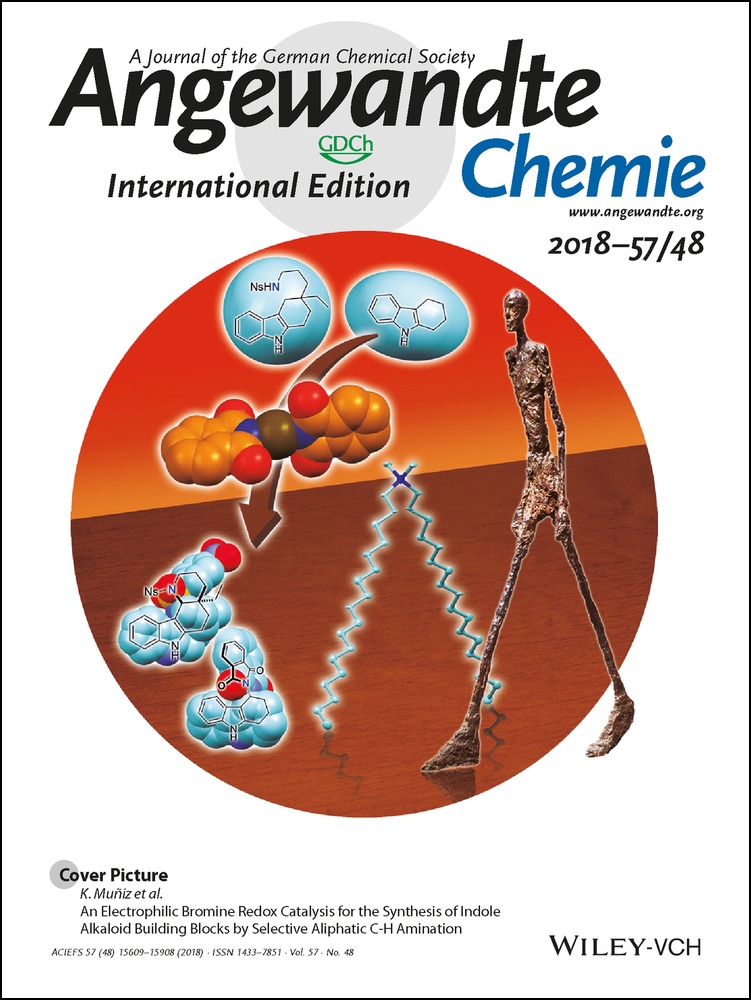Colloidal Molecules from Valence-Endowed Nanoparticles by Covalent Chemistry
Graphical Abstract
Abstract
We demonstrate a simple method to create a variety of silica-based colloidal molecules through the covalent assembly of site-specifically functionalized patchy nanoparticles with complementary nanospheres. Colloidal analogues of BeBr2, BBr3 and CBr4 are obtained from sp-, sp2- and sp3-like particles, while Br2O and NBr3 analogues can be fabricated by varying the relative amounts of both colloidal precursors. We also show that it is possible to attach covalently silica nanospheres of various sizes to one central patchy nanoparticle, which leads to the formation of more complex colloidal molecules, including chiral ones. The possibility to easily extend the strategy to other colloidal precursors which can serve as satellites, for example, ellipsoidal polymer particles or metallic nanoparticles, opens the way to a rich variety of new colloidal analogues of atoms which could serve as building blocks of next generation materials.





